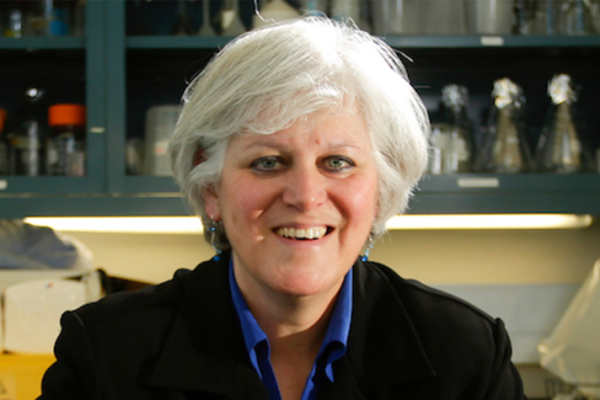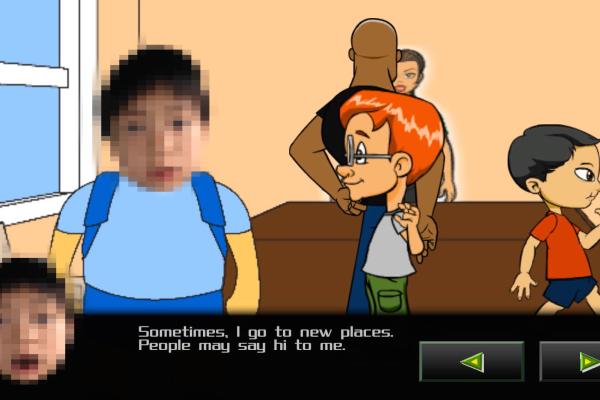Solving the "Cocktail Party Problem"
Ever try to make out a quiet voice in a crowded room, where many conversations are happening all at once? It's what Kevin Donohue calls the "Cocktail Party Problem."
Donohue, the Databeam Professor of Electrical and Computer Engineering at the University of Kentucky, is working on the technology that just might solve it. For more than 25 years he has researched signal-processing systems. This area deals with systems that mimic the human brain's ability to extract meaning from audiovisual information. A good example is what's going on, behind your eyes and between your ears, when you watch the video above.
"Your brain is making sense out of the sound and images," Donohue says. "Your ears and eyes function as sensors, which send signals to your brain where they are processed to have meaning."
Electrical and computer engineers are not limited to signals that can be seen or heard naturally by humans. They can employ sensors that use ultrasound, x-rays and electromagnetics to tease a meaningful signal out from a noisy background.
For the past six years, the main focus of Donohue's work at UK's Center for Visualization and Virtual Environments (the Vis Center) has been in distributed audio systems. This involves arranging systems of microphones in a room to be able to identify sounds, in particular voices, and to isolate and track them using computers.
This technology has applications in surveillance — for example, enabling investigators to home in on a "person of interest" whispering into a cell phone at a noisy airport — as well as in "smart rooms" that "understand" what is happening in an environment and can respond in useful ways, such as taking minutes at meetings, documenting brainstorming sessions, and archiving information for efficient retrieval.
More from this series What's Next
Credits
Produced by Julie Martinez, videography and editing by Ben Corwin (Center for Visualization & Virtual Environments).



